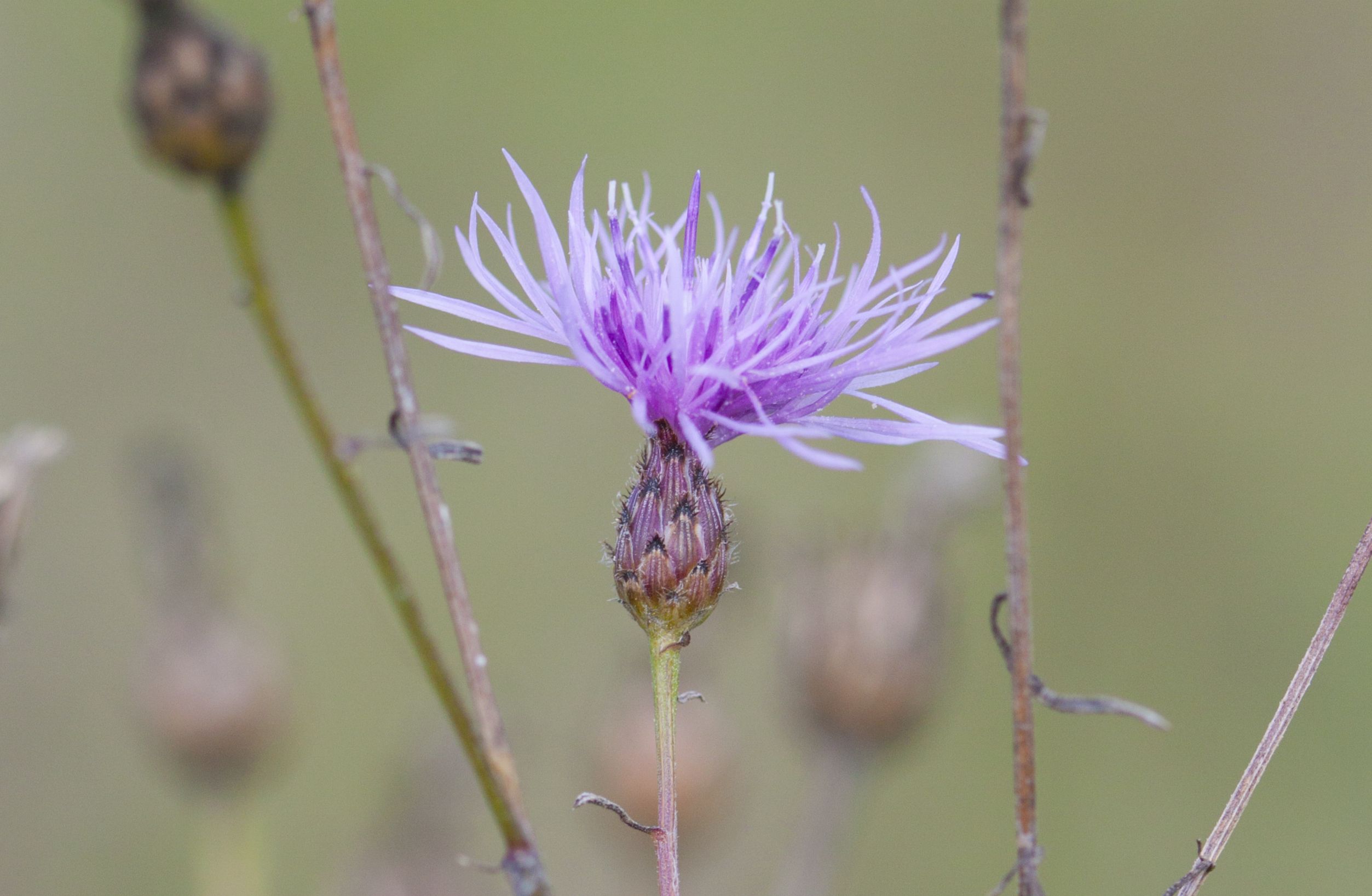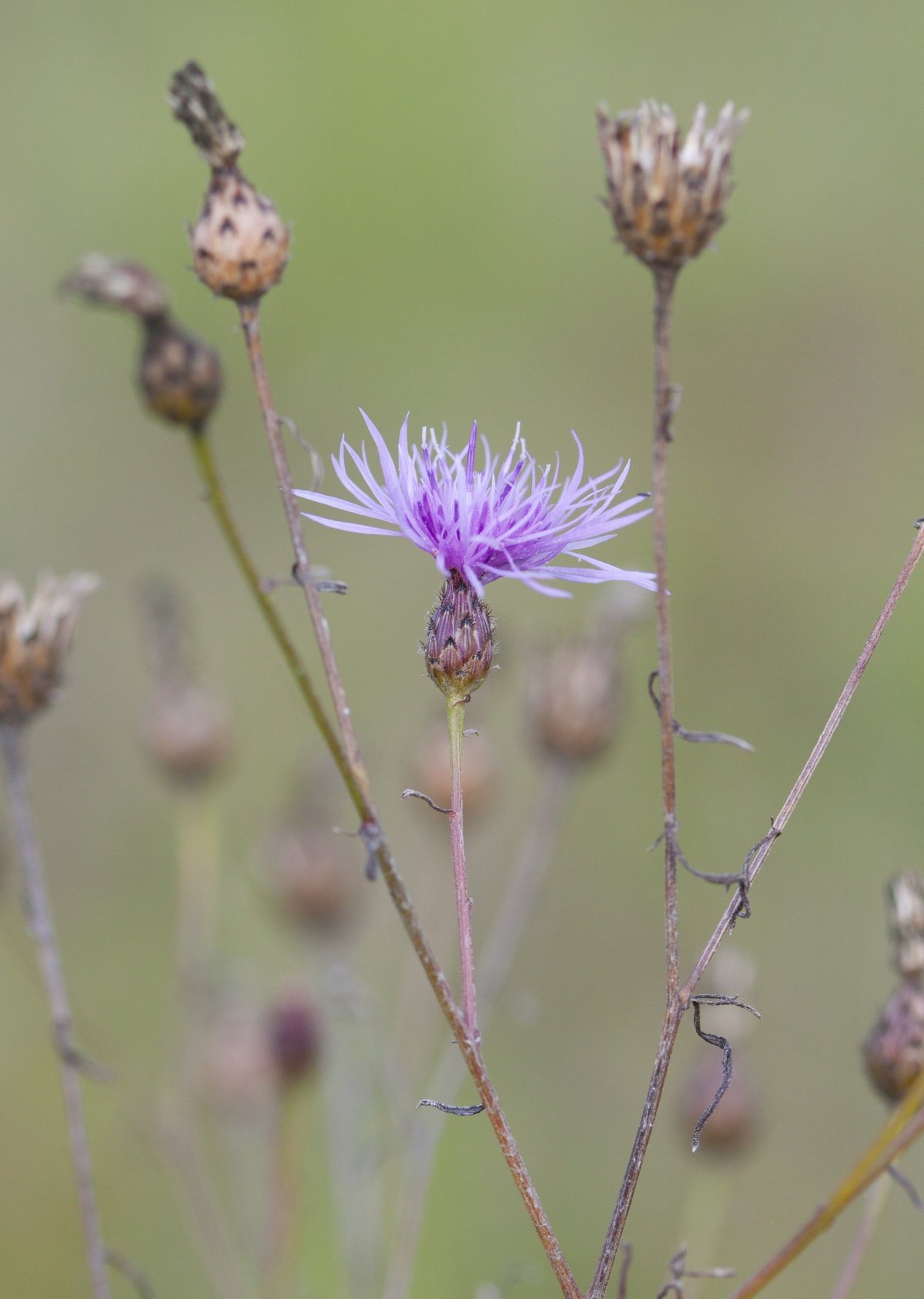
Intracontinental spread of alien plants
Many alien plant species in Europe and the Americas originate from their own continent, especially from low-latitude regions. The problem could be exacerbated by climate change. This is the conclusion an international research team led by biologists from Konstanz reach in their current study.
When plant or animal species spread beyond their natural ranges, this can lead to serious ecological consequences in the newly invaded areas – for example, if native species are being outcompeted by the invaders. The ecological damage caused by this loss of native biodiversity simultaneously results in immense economic damage, which the World Biodiversity Council's current report (2023) estimates at a minimum of 400 billion dollars (371 billion euros) per year.
Many people first think of alien plants or animals as species brought from overseas, transported across the oceans for economic reasons or as "stowaways." Taking Europe, Australia, North and South America as examples, an international research team led by Konstanz biologist Mark van Kleunen has now shown that this is only part of the problem – at least in the case of alien plants spread by humans. In their study in Science Advances, the researchers demonstrated that on these continents more than half (56.7%) of the alien plant species that successfully established themselves in new areas were originally from their own continent. The percentage was particularly high in Europe and North America. The numbers for Australia, by contrast, were conspicuously low.
Recurrent patterns in intracontinental spread
For the three continents with the highest proportion of intracontinental alien plants – Europe, North America and South America – the researchers additionally found similarities in dispersal patterns: Intracontinental spread occurred in the majority of cases from the regions closest to the equator toward the respective poles. "The closer a region is to the equator, the greater the diversity of its naturally occurring species. So there is simply a much larger pool of species in these regions that can spread toward the poles than vice versa", explains Zhijie Zhang, lead author of the study.
In their study, the researchers also investigated the role of anthropogenic, climatic and geographic factors in the intracontinental spread of alien plants. They showed that long geographical distances and climatic differences counteract the spread. "Even though the plants have been able to overcome the natural boundaries of their original range with human assistance, we found that the closer the new area is to their area of origin, the more successful they are in establishing themselves there. The same applies to new areas that are climatically more similar to the area of origin", adds Zhang.
Regarding the effects of climate change, the researchers conclude from their results that it will tend to accelerate the intracontinental spread of alien plants. "As climate change advances, regions in higher latitudes will provide suitable climatic conditions for an increasing number of species. This, in turn, increases the chances of alien species becoming at home there, with all the potential negative consequences for biodiversity and economies in the invaded regions", says van Kleunen.
Key facts:
- Original publication: Z. Zhang, Q. Yang, T. S. Fristoe, et al. (2023) The poleward naturalization of intracontinental alien plants. Science Advances; doi: https://doi.org/10.1126/sciadv.adi1897
- International research team led by Konstanz biologists investigates the intracontinental spread of alien plants
- In the Americas and Europe, the intracontinental spread of alien plants mainly starts in regions near the equator and moves toward the poles
- Advancing climate change threatens to accelerate the phenomenon
- Funding: German Research Foundation (DFG), Austrian Science Fund (FWF), Czech Science Foundation (GACR) and Czech Academy of Sciences, China Scholarship Council (CSC), National Fund for Scientific and Technological Development (Fondecyt; Chile), and Young Scholar Fund of the University of Konstanz

